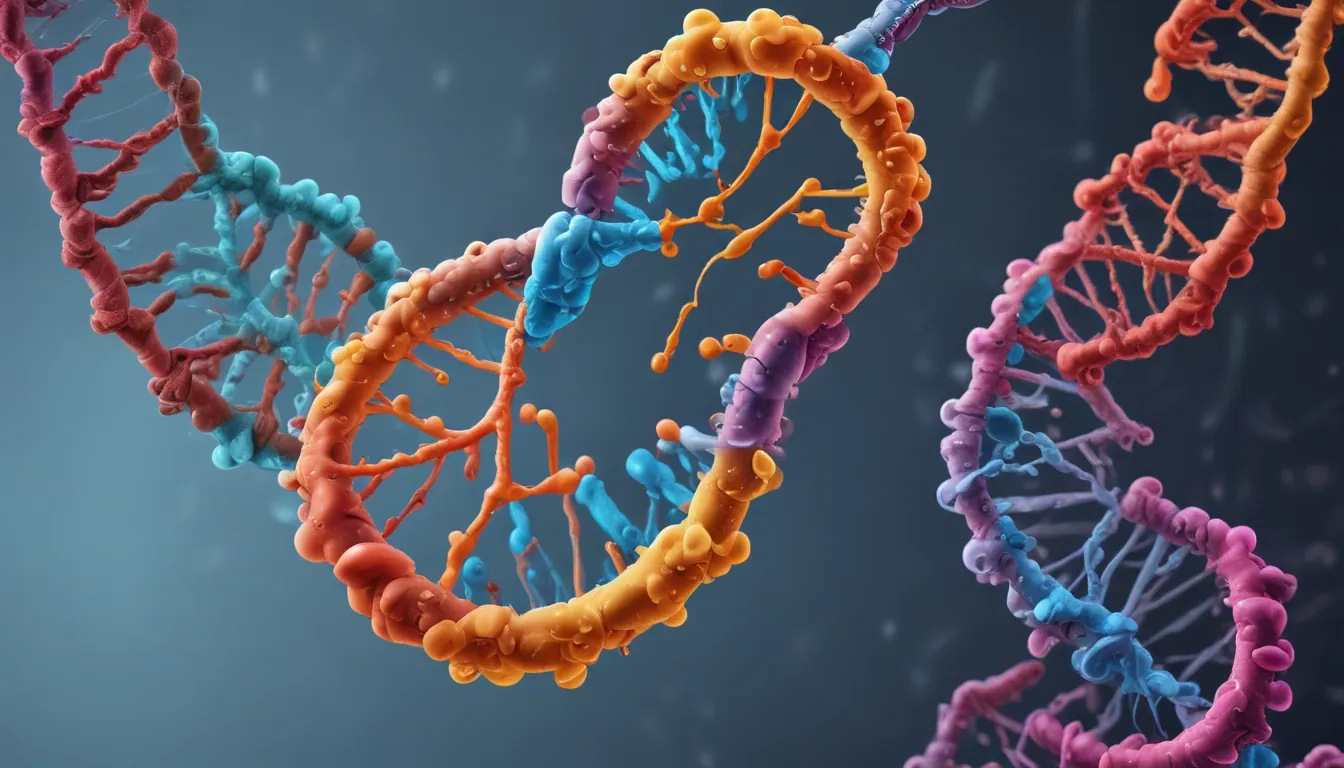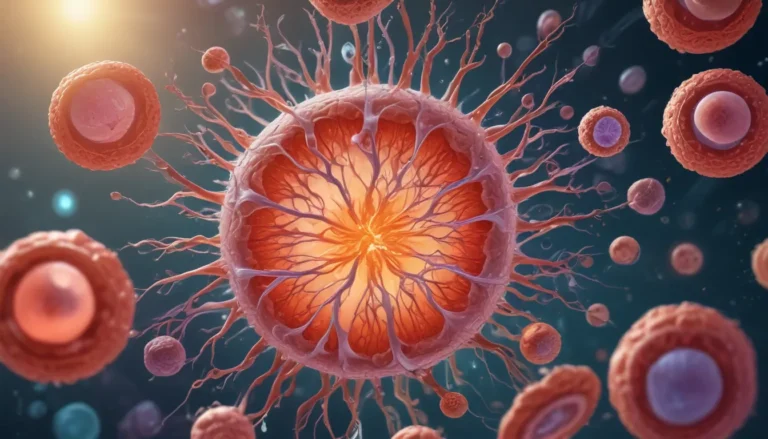A Note About Images: The images used in our articles are for illustration purposes only and may not exactly match the content. They are meant to engage readers, but the text should be relied upon for accurate information.
Are you curious about the tiny structures that hold the key to unlocking the secrets of aging, disease, and potentially extending human lifespan? Look no further than the fascinating world of telomeres and telomerase. These essential components of biology have captured the attention of scientists and researchers worldwide, sparking groundbreaking discoveries and innovative insights into the intricate mechanisms that govern our cells.
In this comprehensive guide, we will delve into the realm of telomeres and telomerase, exploring their function, significance, and the remarkable facts that will leave you in awe. Join us on a journey through the captivating world of these biological entities as we uncover the mysteries that lie within.
Unlocking the Secrets of Telomeres and Telomerase
Telomeres are like the protective shields at the ends of our chromosomes, safeguarding our genetic material from damage and degradation. Made up of non-coding DNA sequences, these essential structures play a crucial role in maintaining the stability and longevity of our DNA during cell division.
With each cell division, telomeres naturally shorten, acting as a biological clock for aging and disease risk. This process, known as telomere attrition, is a fundamental aspect of cellular aging and has profound implications for our overall health and well-being.
Telomerase, on the other hand, is the enzyme responsible for lengthening telomeres by adding DNA sequences to their ends. While most cells in the human body do not possess active telomerase, certain cells rely on this enzyme to counteract the shortening process and maintain telomere length.
The Intriguing Role of Telomeres in Health and Longevity
- Telomeres Serve as a Biological Clock: The length of telomeres can serve as a biomarker for biological aging, with shorter telomeres linked to a higher risk of age-related diseases and mortality.
- Telomeres and Cancer Development: High levels of telomerase activity in cancer cells allow them to maintain their telomeres and continue dividing indefinitely, making telomerase a potential target for cancer treatment.
- Lifestyle Factors and Telomere Length: Lifestyle choices such as chronic stress, lack of exercise, poor diet, and smoking can accelerate telomere shortening, while healthy habits can help preserve telomere length.
- Genetic Variations and Telomeres: Genetic factors play a role in telomere length and function, influencing variations in human lifespan and susceptibility to disease.
Exploring the Possibilities of Telomere Maintenance
- Telomere Length Measurement: A simple blood test known as a telomere length assay can provide valuable insights into an individual’s telomere length, offering a glimpse into their overall health and potential disease risk.
- Longevity and Telomeres: Research suggests that individuals with longer telomeres may have a higher likelihood of living longer and experiencing lower rates of age-related diseases.
- Cellular Senescence: When telomeres become critically short, cells enter a state of senescence, losing their ability to divide and function properly, contributing to aging and age-related diseases.
- Therapeutic Interventions: Scientists are actively exploring the role of telomeres in aging and disease, with the potential for interventions to maintain telomere length and promote healthy aging.
Frequently Asked Questions About Telomeres and Telomerase
- What are telomeres? Telomeres are protective caps at the end of chromosomes that prevent them from deteriorating or fusing with neighboring chromosomes.
- What is telomerase? Telomerase is an enzyme responsible for maintaining the length of telomeres by adding nucleotide repeats to chromosome ends.
- Why are telomeres important? Telomeres protect genetic information from degradation, contribute to cell stability, and are implicated in aging and disease development.
- Can telomeres be lengthened? Telomeres can be lengthened with the help of telomerase, but excessive lengthening can lead to cancer.
- Are telomeres linked to aging? Yes, telomeres are closely associated with the aging process, contributing to cellular senescence and age-related diseases.
- Ways to slow telomere shortening: Lifestyle factors like exercise, stress management, and a healthy diet have been associated with slower telomere shortening.
- Can telomere lengthening reverse aging? Research on telomere lengthening therapies is ongoing, with promising potential to delay aging.
Conclusion: Embracing the Marvels of Telomeres and Telomerase
In conclusion, the world of telomeres and telomerase offers a fascinating glimpse into the intricate workings of our cells and their impact on aging and disease. While telomeres act as the biological clock of our bodies, telomerase provides hope for maintaining telomere length and potentially delaying the aging process.
As scientists continue to unravel the mysteries of telomeres and telomerase, the possibilities for therapeutic interventions and anti-aging strategies are endless. By understanding the mind-blowing facts surrounding these biological entities, we gain valuable insights into promoting healthy aging and improving our quality of life.
Join us in exploring the captivating realm of telomeres and telomerase, where groundbreaking discoveries and revolutionary insights await. Let’s embark on an enlightening journey into the world of genetic stability and cellular longevity, unlocking the potential for a healthier, more vibrant future.






